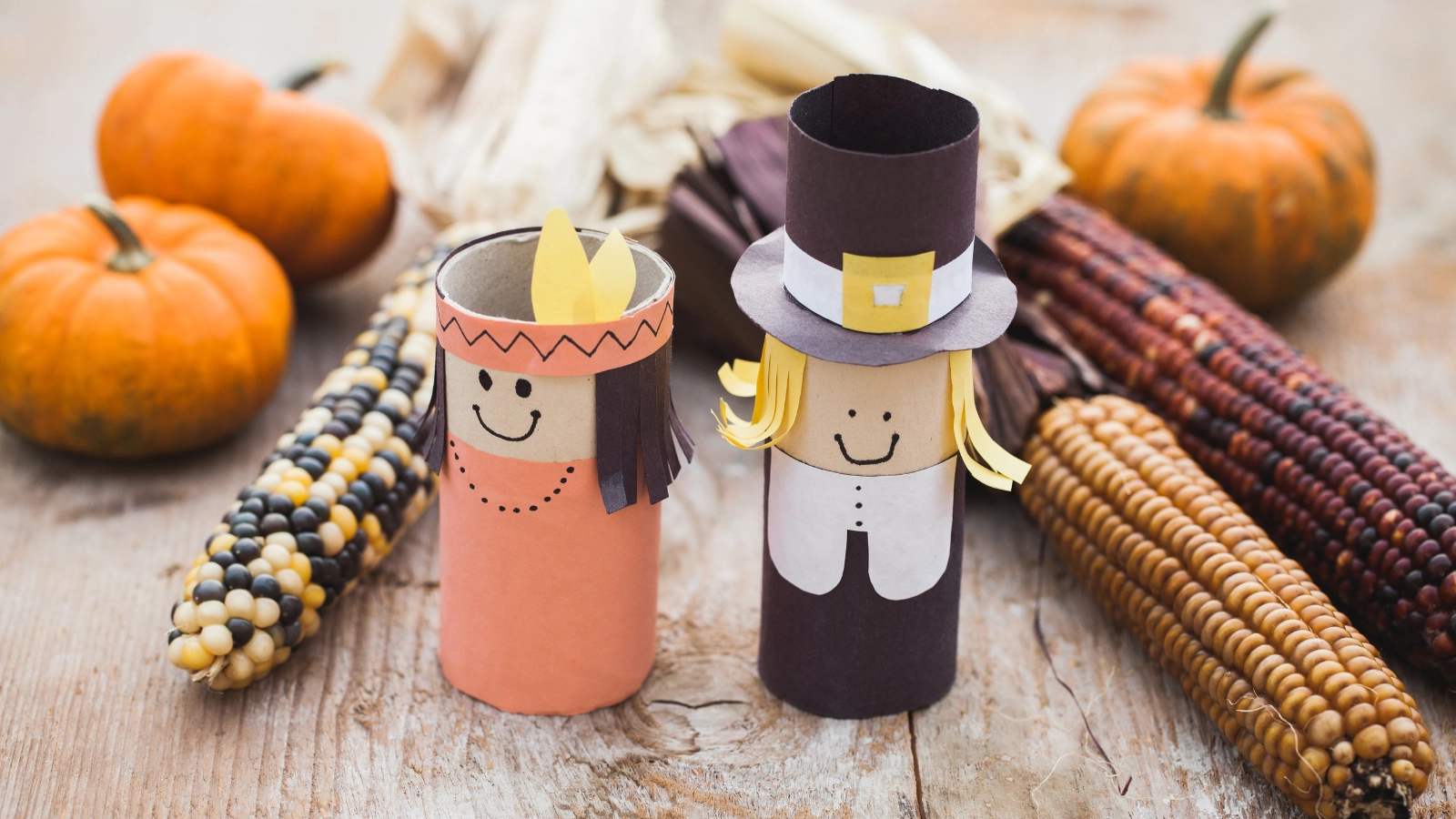This mind-bending dive into Thanksgiving’s true story proves everything your teachers told you might be deliciously wrong!
🌐 #News #Thanksgiving #History #Facts
ST. PAUL, MN
– Think you know everything about Thanksgiving? That Norman Rockwell image of a happy Pilgrim family sitting down to turkey, cranberry sauce, and pumpkin pie might need a serious reality check. Let’s dive into the fascinating true story of America’s favorite harvest celebration.
The Real First Thanksgiving: Not Quite What You Learned in School
That “first Thanksgiving” in 1621 wasn’t actually called Thanksgiving by the Pilgrims, and it wasn’t a single meal. It was a three-day harvest celebration attended by 53 Pilgrims and about 90 Wampanoag men. The feast happened sometime between late September and early November – definitely not on the fourth Thursday of November!
What did they eat? Forget the turkey centerpiece and cranberry sauce. The only foods we know for certain were served (thanks to primary source accounts from Edward Winslow and William Bradford) included venison, waterfowl, fish, and lobster. While they might have had pumpkins, they definitely didn’t have pumpkin pie – there was no flour for crust, no ovens for baking, and no sugar for sweetening.
The Wampanoag Story: More Than Just Dinner Guests
The Wampanoag’s role in the Pilgrim story goes far beyond sharing a meal. After a devastating plague had weakened their numbers, the Wampanoag, led by Massasoit, made a strategic alliance with the Plymouth settlers. Tisquantum (Squanto), who spoke English due to his previous capture and time in England, served as a crucial interpreter and agricultural advisor.
The truth is, harvest celebrations were already a long-standing tradition among Native peoples in North America. The Wampanoag had been celebrating their own harvest festivals, including the Green Corn Festival, for generations before Europeans arrived.
Making It Official: Thank Sarah Josepha Hale
Ever wonder why Thanksgiving is a national holiday? Thank Sarah Josepha Hale, the editor of Godey’s Lady’s Book and the author of “Mary Had a Little Lamb.” She campaigned for 36 years, writing letters to five different presidents, before Abraham Lincoln finally declared Thanksgiving a national holiday in 1863. Her goal? To unite a country torn apart by the Civil War.
The Evolution of Thanksgiving Dinner
The traditional Thanksgiving menu we know today took shape gradually. Turkey wasn’t always the star – chicken, goose, and beef were common centerpieces in early American Thanksgivings. Cranberry sauce didn’t become commercially available until 1912, when Ocean Spray started selling it.
The pumpkin pie we know would be unrecognizable to the Pilgrims. Early English settlers made pumpkin dishes by hollowing out pumpkins, filling them with milk, honey, and spices, then roasting them in hot ashes.
Surprising Traditions
The Thanksgiving-football connection dates back to 1876, when Yale and Princeton played one of the first American football games on Thanksgiving Day. The tradition stuck, and by 1934, the Detroit Lions began their annual Thanksgiving Day game.
The Presidential turkey pardon isn’t as old as you might think. While Presidents were often gifted turkeys, the formal pardoning ceremony began with George H.W. Bush in 1989, though President Kennedy informally spared a turkey in 1963.
And Black Friday? The term originated in Philadelphia in the 1960s, when police used it to describe the chaotic crowds and traffic that flooded the city the day after Thanksgiving as people began their holiday shopping.
Thanksgiving continues to evolve, with each generation adding its own traditions to this uniquely American holiday. While the historical reality might differ from the grade school version, the core themes of gratitude, community, and sharing remain just as relevant today as they were in 1621.
Happy Thanksgiving!
RELATED TOPICS:
Thanksgiving
|
History
|
Facts
We value your feedback!
Note: Thank you for visiting our website! We strive to keep you informed with the latest updates based on expected timelines, although please note that we are not affiliated with any official bodies. Our team is committed to ensuring accuracy and transparency in our reporting, verifying all information before publication. We aim to bring you reliable news, and if you have any questions or concerns about our content, feel free to reach out to us via email. We appreciate your trust and support!
Did you find this article informative, inspiring, or thought-provoking? Leave a comment below and join the discussion. We appreciate your opinion and look forward to hearing from you!




